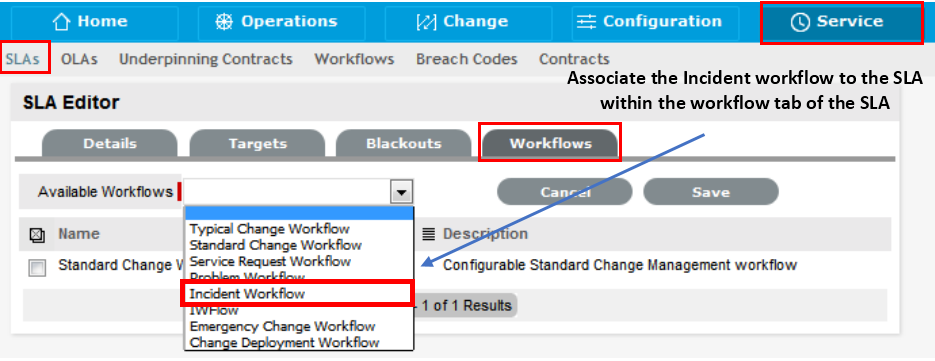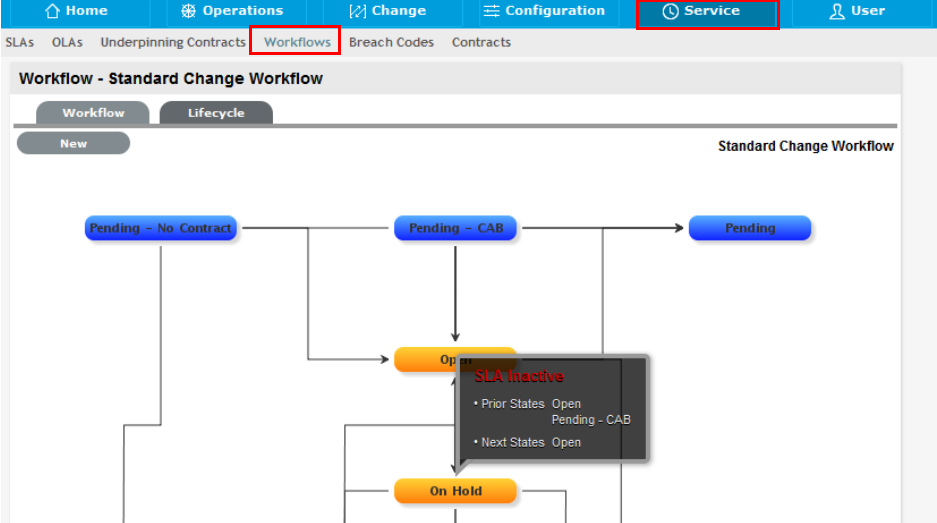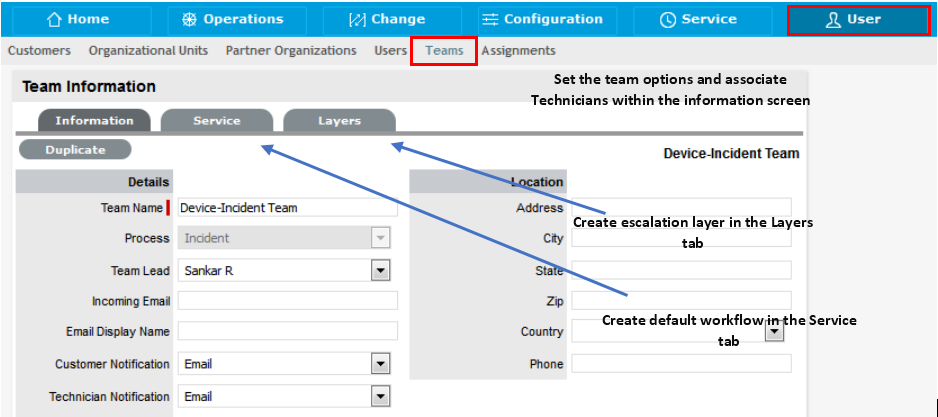1.50 Incident Management
The function of the Service Desk is to act as the point of contact between customers of IT services (end users) and the IT service provider (IT department). Its role is to handle all requests for service, including Incidents, and provide an interface for other activities such as Request Fulfillment, Change, Problem and Configuration Management.
An Incident is defined as any event that is not part of the standard operation of a service, and causes, or may cause, an interruption to, or a reduction in the quality of service. The goal of Incident Management is to restore normal service as quickly as possible, with minimal disruption to the business. This ensures that the highest achievable levels of availability and service are maintained.
Incident Management objectives include:
-
Incident detection and recording
-
Classification of all Incidents and initial support
-
Investigation and diagnosis
-
Escalation
-
Resolution and recovery
-
Incident closure
-
Incident ownership, monitoring, tracking and communication.
As part of the Incident Management Process, if an Incident is related to a Problem or Change Request and that related request in the other Process is closed, the Incident will be automatically closed. The system views the request hierarchy from low to high as Service Request, Incident, Problem and Change Request, and if a related request of a higher type is closed, all the lesser type requests are automatically closed
1.50.1 Implementing Incident Management
To set up the Incident Management Process in the system, the following steps are to be completed:
-
Assign the Incident Management Process to the relevant Users within the User Information screen under the User>Users tab. (See:Create a User.)

-
Create or review the SLA within the Service>SLAs tab, and associate the Incident Management Workflow to the SLA in the SLAs Workflow tab. (NB: The Supervisor User setting up the SLA must be assigned the Internal Process of Service Level in their User Information screen to complete this action.)

-
Review the Incident Management Workflow within the Service>Workflows tab. (See: Incident Management Workflow.)

-
Edit the Default Incident Management Team within the User>Teams screen. (See: Incident Management Team.)

-
Associate the SLA to an Item or Customer or Org Unit. This final step ties all the elements together when an Incident is created, as the SLA associated with the Item, Customer or Org Unit assigned to the Incident determines the Workflow, Team and Technicians that are made available within the Incident Information screen.